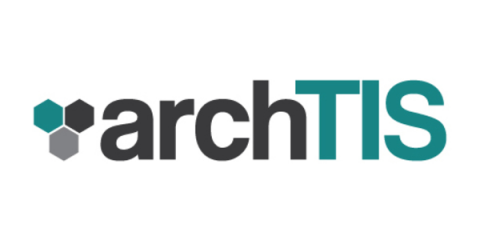Discovering and Protecting Sensitive Data in M365 and SharePoint On-Premises
With the introduction of various compliance requirements such as HIPAA, PCI and GDPR (just to name a few from around the world), there is an increasing need for organizations to determine where their sensitive data is located, secure access to it and protect it accordingly. There are many products that incorporate the ability to Discover and Classify data. NC Protect is no different.




